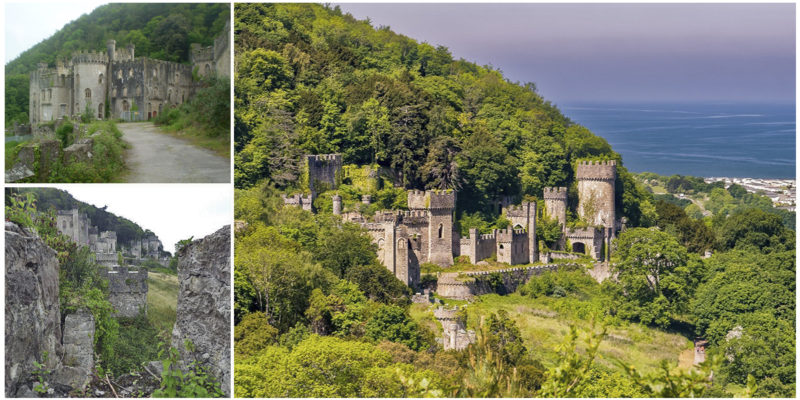The story of Gwrych Castle in Abergele, Wales, began in the 12th century when the Normans built the first structure on the site. At the end of the century, this wooden fortress was seized by the ruler of Deheubarth, Rhys ap Gruffydd, who was famous for building and rebuilding many castles in south Wales during his reign.
He turned the fortress into a stone structure which lasted until the 17th century when it was damaged during the English Civil War. The existing grand Victorian Gothic castle was built by the wealthy industrialist Lloyd Hesketh Bamford-Hesketh as a memorial to his ancestors, and it was his son who expanded the Gwrych estate to cover 400 acres.
Construction started in 1812 and the main building was finished almost ten years later when Lloyd Hesketh married his wife, Emily Esther Ann Lygon. He hired many architects to work on the castle, including Charles Augustus Busby to help him with the design.
Hesketh was inspired by the castles that he had seen during his travels through Europe. Numerous extensions were made to the castle over the years and in the 1870s, a new chapel was made by the English architect George Edmund Street. He was also asked to design several schools for the family and other smaller chapels.
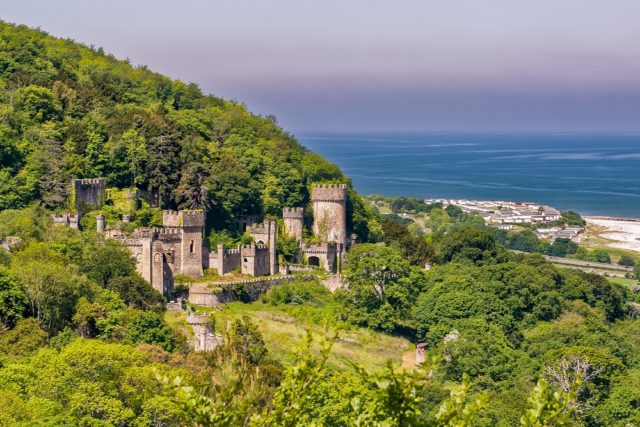
In the same period, the garden was designed which is best known for the monkey puzzle trees arranged by Street and Hesketh’s wife, Emily. Consisting of 127 rooms and almost 20 high towers, the structure came to look like something from a fairy tale.
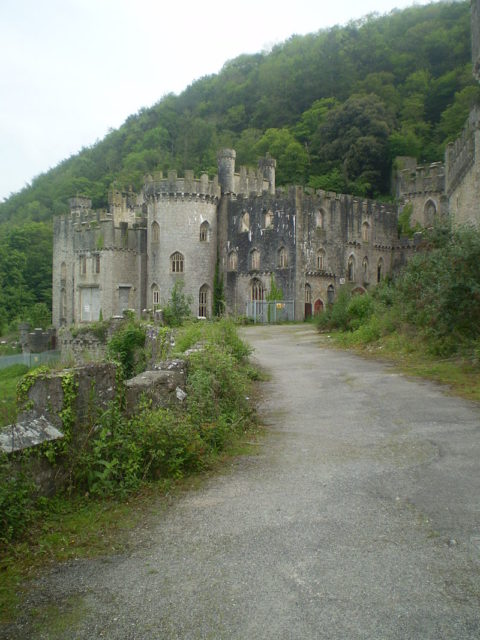
At the end of the 19th century, it was inherited by Hesketh’s granddaughter Winifred Cochrane, Countess of Dundonald. The best addition made by her was the staircase made from marble for which she hired the architect-designer Detmar Blow.
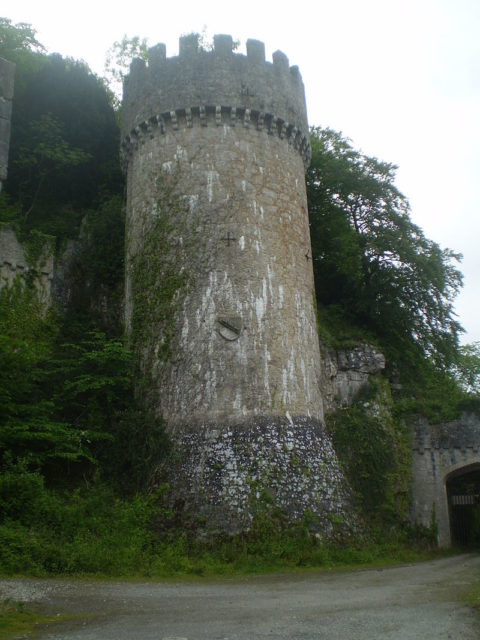
Blow was one of the most prominent Arts and Crafts architects at that time who was working for the English aristocracy. Before her death, Winifred wanted to give Gwrych to King George V but her request was declined, and the ownership fell into the hands of the charity of St John of Jerusalem. In 1928, it was repurchased by the Earl of Dundonald who had to sell everything inside to cover the cost.
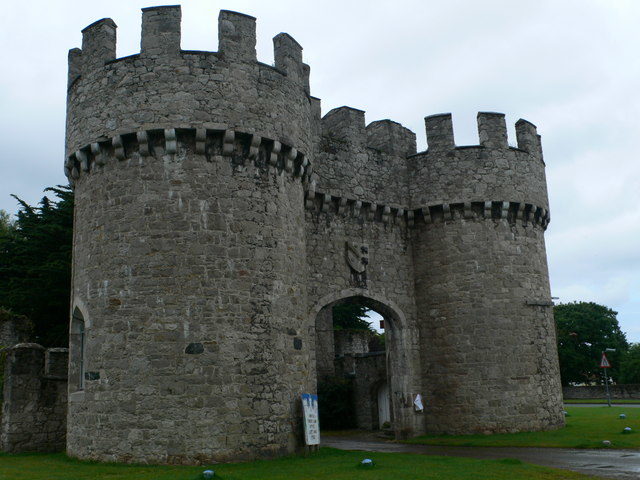
Like many other big structures during World War II, Gwrych Castle was commandeered for use by the Government. It became a shelter for Jewish refugees. The 13th Earl of Dundonald sold the castle in 1946, and in 1948 it changed hands again. The new owner Leslie Salts turned Gwrych Castle into a top-rated tourist attraction which welcomed almost 10 million visitors before it finally closed to visitors in 1985. The castle was abandoned and left to decay.
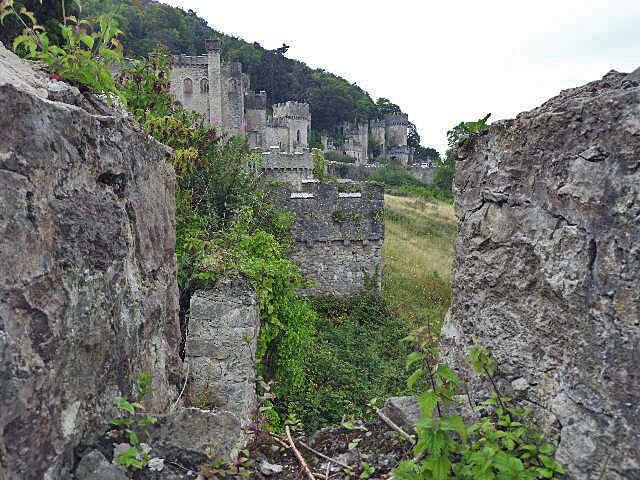
Four years later, it was purchased by a businessman Nick Tavaglione who was hoping to restore it, but his request was turned down because of legal problems. At one point, the castle served as a filming location for the movie Prince Valiant from 1996, and after that, it was a constant target for vandals who nearly ruined the walls. The man who succeeded in beginning the restoration of the place was the architectural historian Mark Baker who, according to BBC News, believes Gwrych Castle to be the most important structure in Wales that needs to be rebuilt to its original glory.
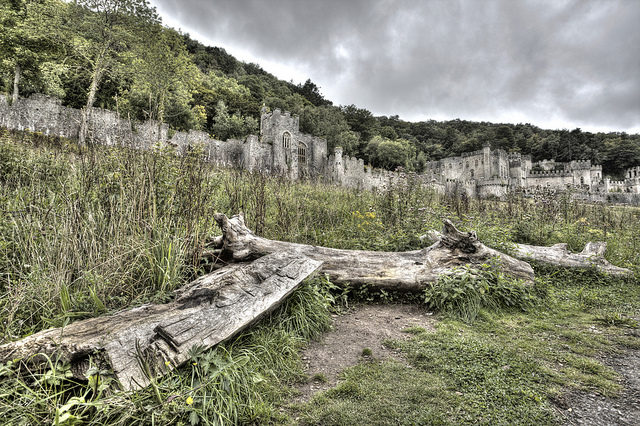
A few parts have been already restored including the Gardener’s Tower and the next part to be rebuilt is the Melon House which will become a visitor center. But still, much of the castle lies in ruins, and Baker hopes to be able to renovate it all. Together with the current owners EPM UK, they are still trying to obtain the funds to finish what they have started.
